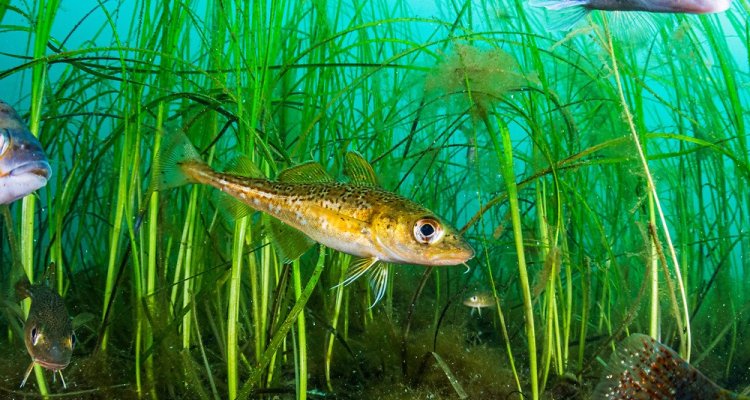
Colloquium
Mapping Intertidal Seagrass with Sentinel-2 Imagery inthe North Frisian Wadden Sea and the Lindisfarne SPA
by Andre Auch
Abstract
Seagrass meadows are vital habitats for fisheries and store an important proportion of the ocean's carbon. With the decline of seagrass coverage across the world, monitoring the extent and health of seagrass beds at a sufficient spatial scale and temporal frequency is vital. Traditionally, monitoring of seagrass beds has been done with ground or aerial surveys, both of which are costly and time consuming. To support seagrass monitoring and restoration efforts, a monitoring method based on Sentinel-2 satellite images is proposed. While the possibility of identifying seagrass from satellite images has been demonstrated for clear, tropical waters, it is more challenging to accomplish in the dark and turbid waters of the North Sea. Therefore, in this study, a methodology to map intertidal seagrass beds using Sentinel-2 imagery was developed and tested on two areas in the North Sea (the North Frisian Wadden Sea and the Lindisfarne Special Protection Area). First, the effect of tide level on seagrass classification accuracy was analysed. Next, suitable cloud-free satellite imagery taken at low tide for each study site was identified. Finally, classification algorithms were trained based on ground survey data, and were then used to classify seagrass in the two test sites between 2018 and 2023.
Seagrass meadows are vital habitats for fisheries and store an important proportion of the ocean's carbon. With the decline of seagrass coverage across the world, monitoring the extent and health of seagrass beds at a sufficient spatial scale and temporal frequency is vital. Traditionally, monitoring of seagrass beds has been done with ground or aerial surveys, both of which are costly and time consuming. To support seagrass monitoring and restoration efforts, a monitoring method based on Sentinel-2 satellite images is proposed. While the possibility of identifying seagrass from satellite images has been demonstrated for clear, tropical waters, it is more challenging to accomplish in the dark and turbid waters of the North Sea. Therefore, in this study, a methodology to map intertidal seagrass beds using Sentinel-2 imagery was developed and tested on two areas in the North Sea (the North Frisian Wadden Sea and the Lindisfarne Special Protection Area). First, the effect of tide level on seagrass classification accuracy was analysed. Next, suitable cloud-free satellite imagery taken at low tide for each study site was identified. Finally, classification algorithms were trained based on ground survey data, and were then used to classify seagrass in the two test sites between 2018 and 2023.